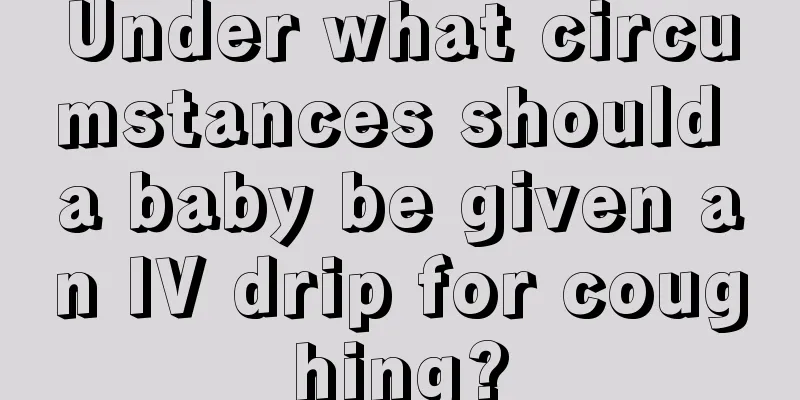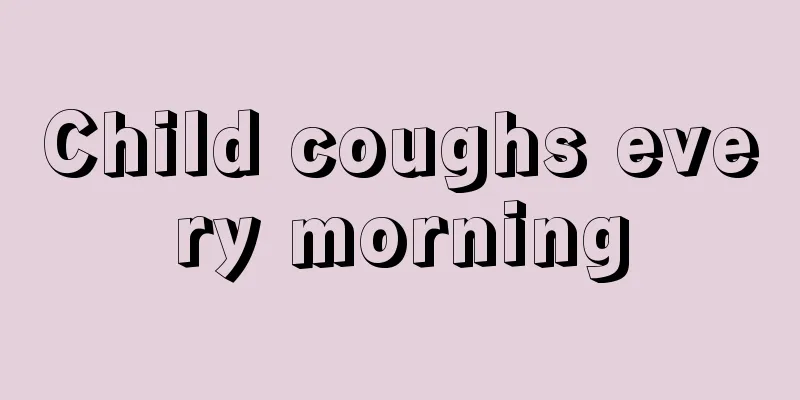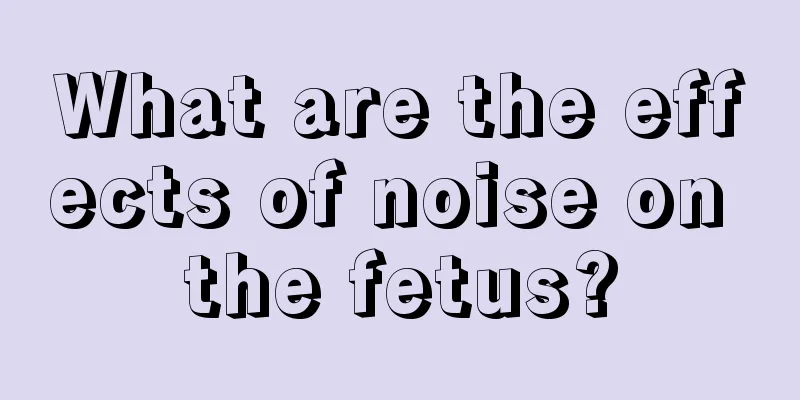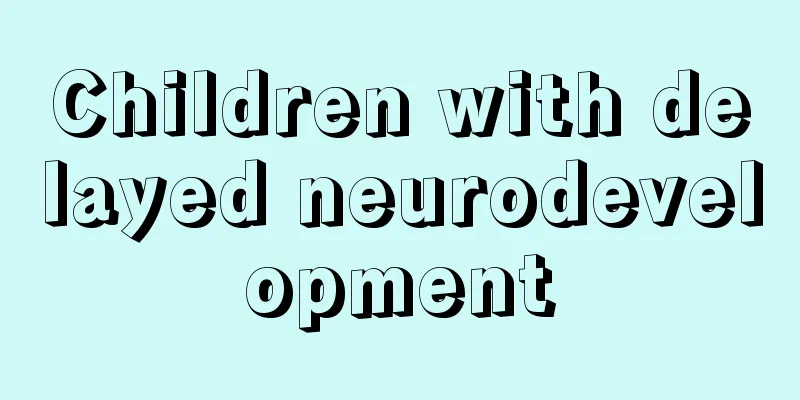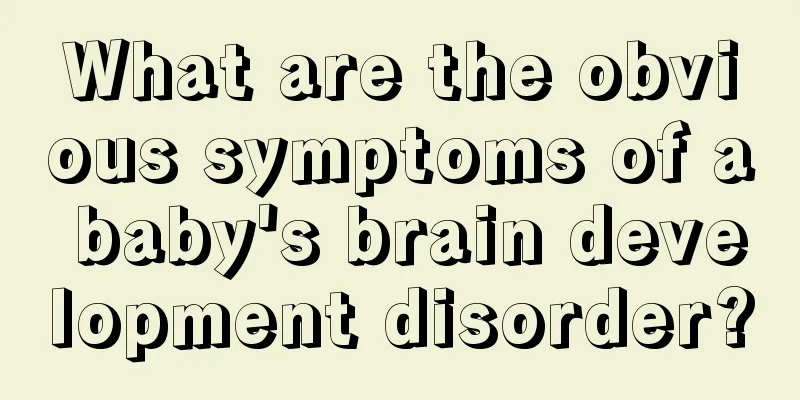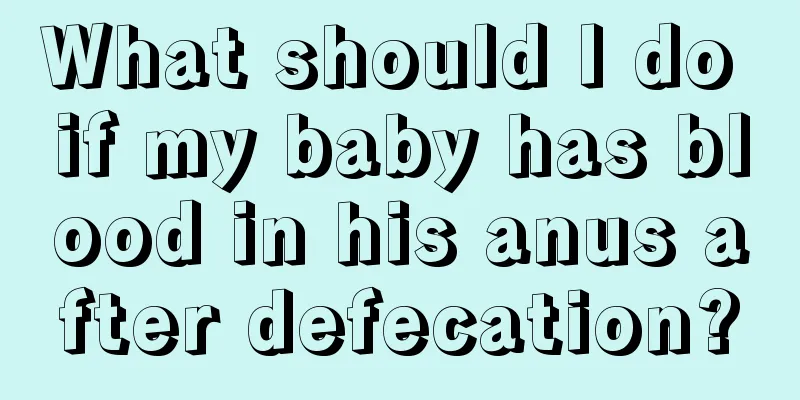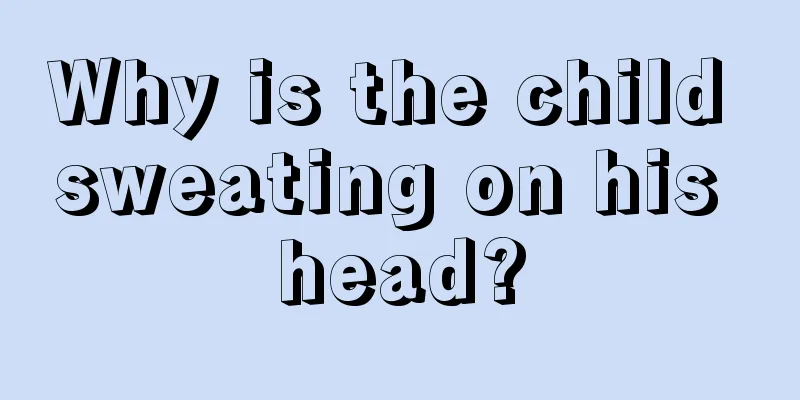What are the symptoms of vesicular conjunctivitis in children?
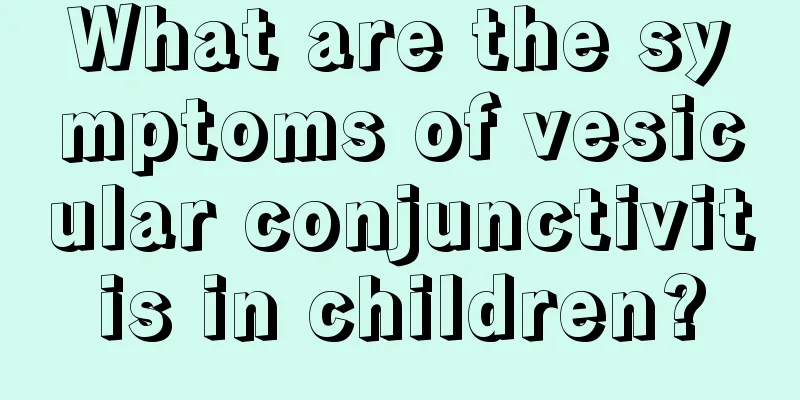
|
Nowadays, babies have become the backbone of a family, and their health is of great concern to family members. Many families have only one child. The incidence rate among babies is very high, so many parents are very worried. Any disease should be detected in time. Follicular conjunctivitis mainly occurs in female children and young people. So what are the symptoms of follicular conjunctivitis in children? Follicular conjunctivitis is an allergic inflammatory reaction, most of which occurs in female children and young people. Patients may experience mild eye discomfort in the early stages. When the lesions invade the cornea, symptoms such as photophobia, tearing, and eye pain may occur. Those that occur in the conjunctiva do not leave scars, while those that occur in the translucent part will leave scars after healing. Ulcers that occur at the edge of the cornea can gradually develop into fascicular opacities toward the center of the cornea. The conjunctival blood vessels also enter this fascicle and move toward the ulcer at the end of the fascicle. This is called fascicular keratitis. In the local area of the eye, congested lentil-sized protrusions can be seen on the conjunctiva or the edge of the cornea. They appear as purple-red localized nodules and are manifestations of vasodilation of the surface blood vessels of the sclera. The nodules are tender, which is due to irritation of the ciliary nerve. The nodules develop rapidly. After each inflammation lasts for several weeks, the nodules become flat and turn white. Finally, the inflammation completely subsides, leaving a slightly depressed surface, gray-black color and traces of adhesion to the conjunctiva. As babies grow older, their range of activities expands, especially in spring and summer. Children develop red and itchy eyes after going out. This is likely due to a condition called catarrhal conjunctivitis or bullous keratoconjunctivitis. Catarrhal conjunctivitis is an allergic eye disease, mainly caused by dust, pollen, sunlight, etc. irritating the eyes of infants and young children, causing allergic reactions. Symptoms: Red eyes - the baby's eyes look swollen and red, accompanied by tears; itchy eyes - because of the itchiness, the baby will keep rubbing his eyes with his hands; a lot of eye mucus - the eye mucus is obviously more than usual, and is a transparent and sticky secretion. Eye pain - Eye pain, in severe cases, can affect vision. This is a detailed introduction to the symptoms of bullous conjunctivitis in children. If your child suffers from this disease, please don’t worry. Be sure to check the above symptoms to see if they all correspond. If the symptoms match, you must be vigilant. Regardless of whether they correspond or not, you must go to the hospital for timely treatment. |
<<: What is the pathogenesis of childhood follicular lymphoma?
>>: How to treat bladder stones in children
Recommend
What are the disadvantages of losing your temper with your children?
Everyone has his or her own personality, and no o...
What are the symptoms of strabismus in children?
From a medical point of view, children's eyeb...
What are some home care methods for childhood asthma?
Childhood asthma is a relatively common childhood...
How to treat osteomyelitis in children
Osteomyelitis in children needs to attract the sp...
What should I do if my newborn baby has milk coming out of his nose?
Newborns often spit up milk, which is normal but ...
What are some tips for children's spring health care?
It is imperative to ensure the health of young ch...
What are the symptoms of cerebral palsy in children?
What every mother fears most during the delivery ...
What to do if a newborn baby has red spots on his face
We know that since the organs of newborns are not...
What kind of facial mask is suitable for teenagers
In the process of growth and development, there a...
4 month old baby early education
With the improvement of my country's cultural...
Can children have nosebleeds when they have a cold?
Normally, if children do not keep warm, they will...
What should I do if my child in the first grade of junior high school doesn’t want to go to school?
Children are generally very well-behaved and hone...
Child's butt itchy at night
Children may have itchy buttocks at night, which ...
What to do if your baby has poor digestion and vomits
It is very easy for babies to have poor digestion...
What is the difference between bacterial and viral infections in children?
In today's life, children's diseases are ...
